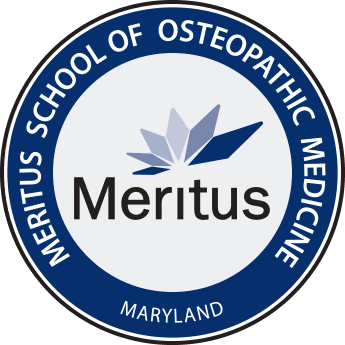Curriculum
MSOM offers a unique approach to student learning including the team-based learning (TBL) approach. TBL’s innovative methodology uses continuous active participation to fostering collaborative problem-solving skills. Medical students thrive in an environment that encourages teamwork, immediate feedback and the practical application of medical knowledge. MSOM’s curricular approach prepares students to become physicians, thought leaders and versatile team members. TBL permeates every aspect of the curriculum, enhancing critical thinking, communication, and adaptability.
The MSOM curriculum is aligned with the American Osteopathic Association (AOA) Seven Osteopathic Core Competencies for Medical Students. Under each of these competency domains, there are measurable curricular goals which, upon student attainment and completion, indicate competence in the domain. These curricular goals broadly shape and define the courses & clerkships within the 4-year MSOM curriculum. For each curricular goal, there are accompanying learning activities, whose purpose is to help students achieve the goal and learn course content. Each learning activity is guided by a set of specific, measurable learning objectives that state what the student will accomplish during the activity.
Read more on the Program Learning Objectives here.
Click here for a full list of our Clinical Rotation Affiliate Campuses
SAMUEL KADAVAKOLLU, PHD, MSC
Associate Dean of Academic Affairs
Dr. Kadavakollu studied at New Mexico State University, and holds a Ph.D. in medicinal chemistry, a master's degree in organic chemistry and an undergraduate degree with a triple major in mathematics, physics and chemistry from Andhra University, India. He has played a vital role in the successful establishment of two start-up osteopathic medical schools: California Health Sciences University College of Osteopathic Medicine (CHSU COM) and Burrell College of Osteopathic Medicine (BCOM).
Dr. Kadavakollu received several teaching awards and is an experienced academic administrator with a passion for curriculum, academic affairs, and teaching osteopathic medical students by team-based learning. He is also skilled in assessment, COMLEX preparation, and community outreach.

